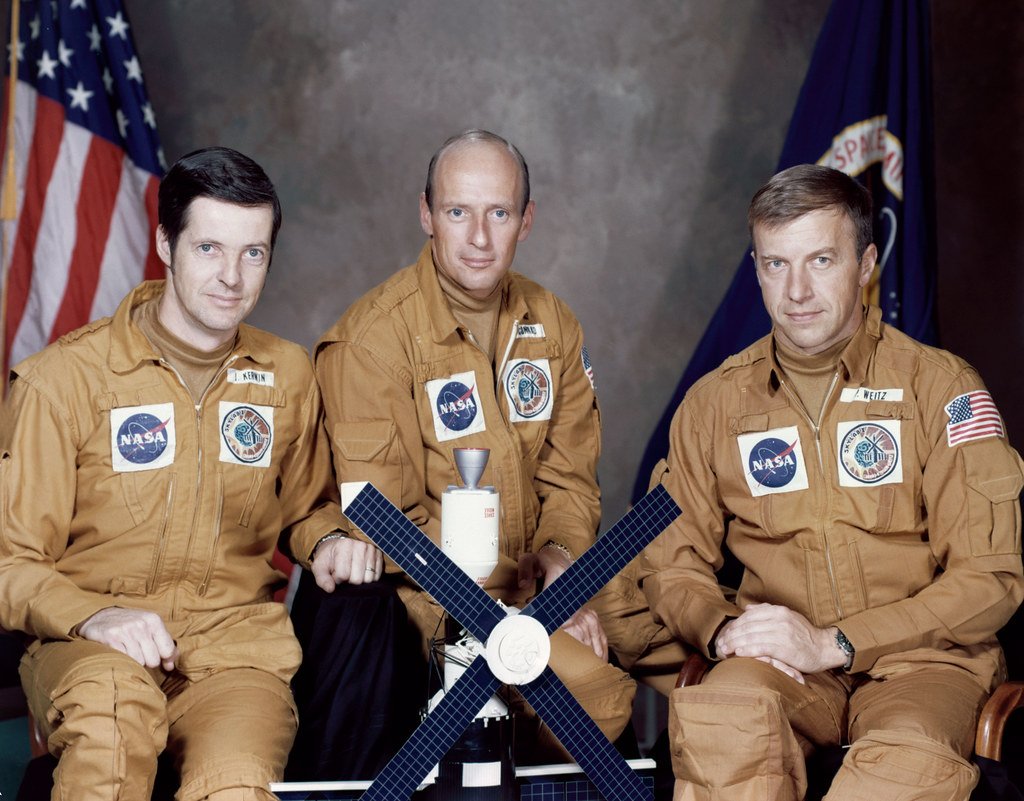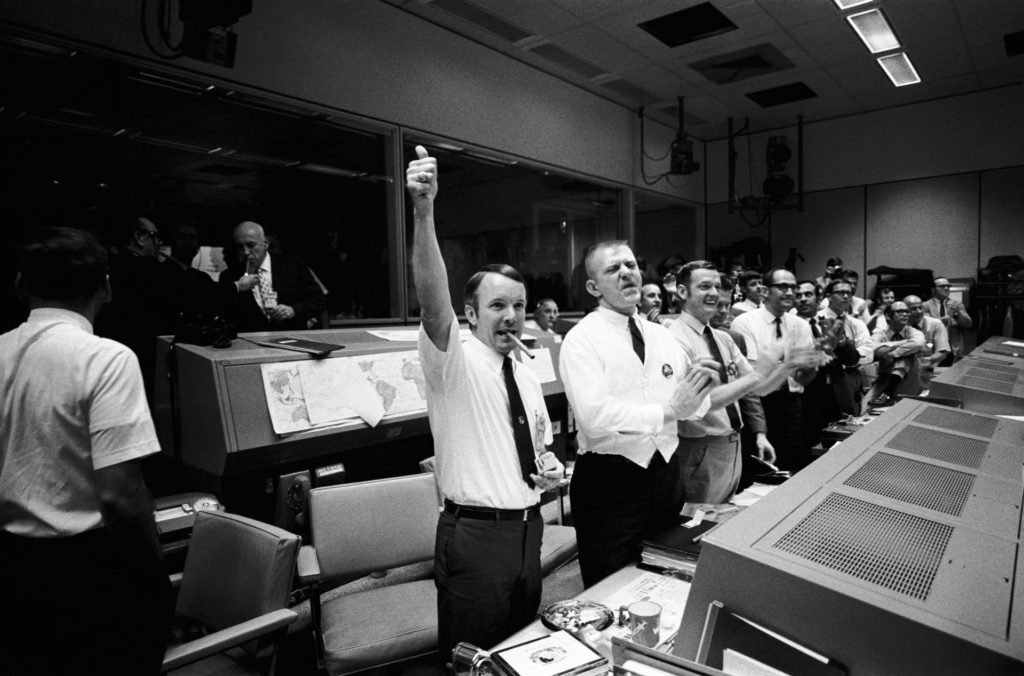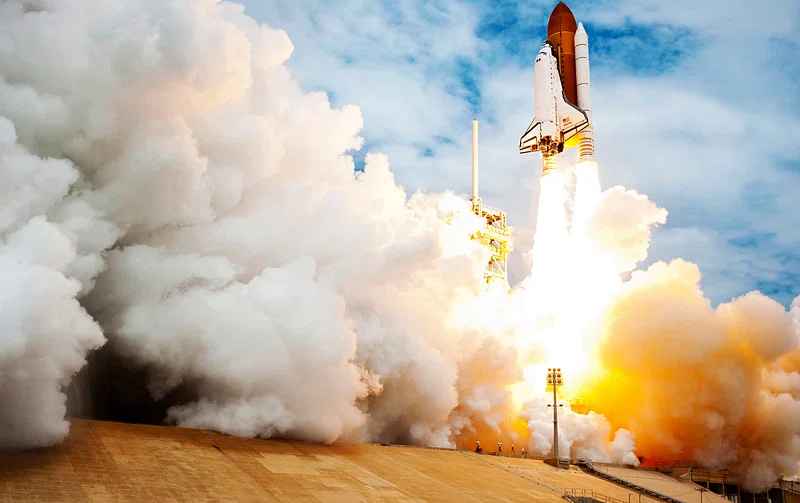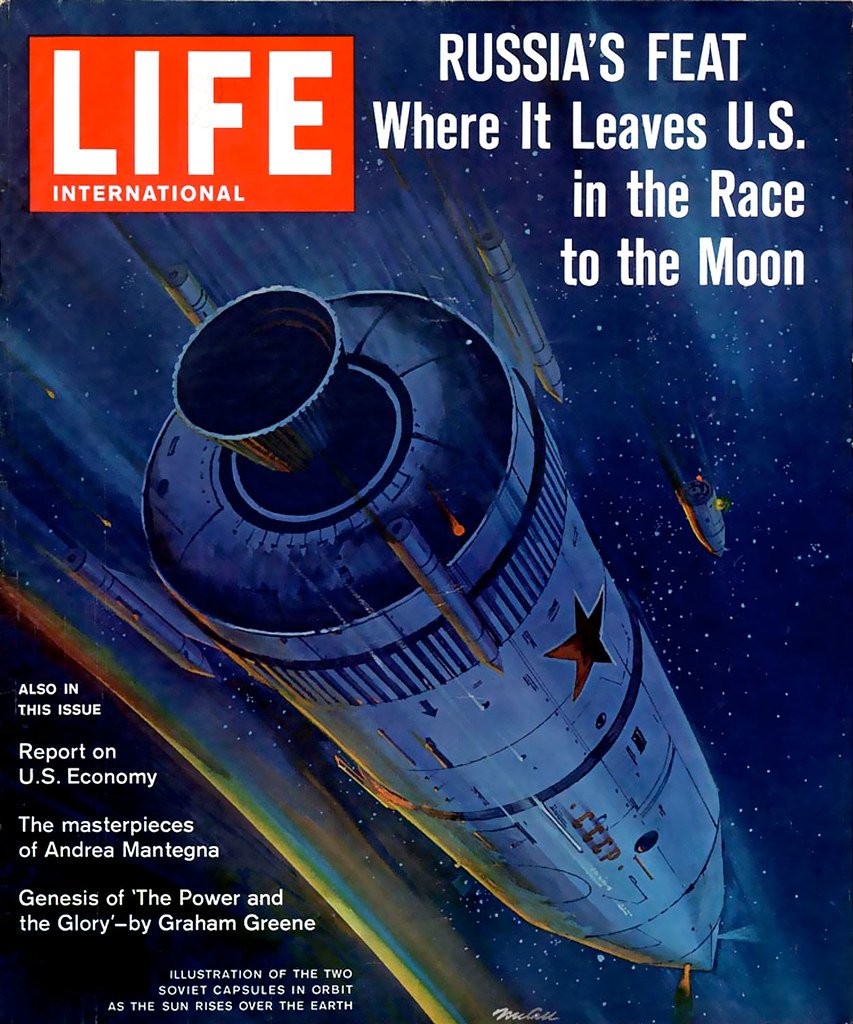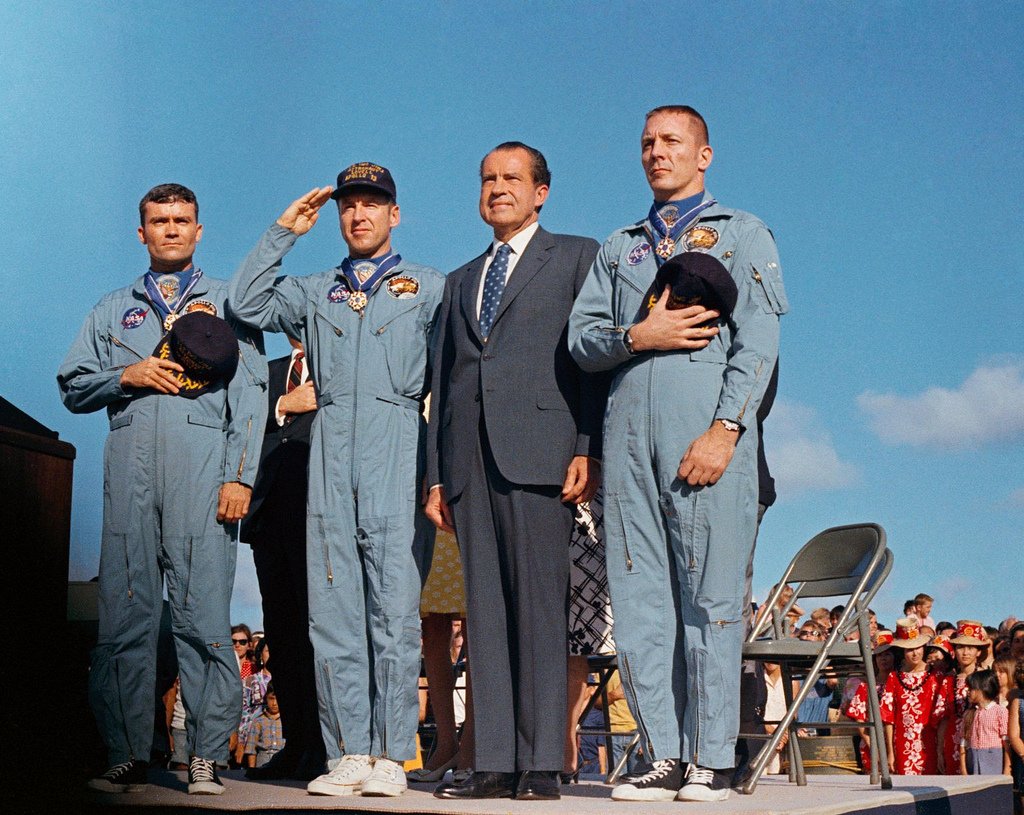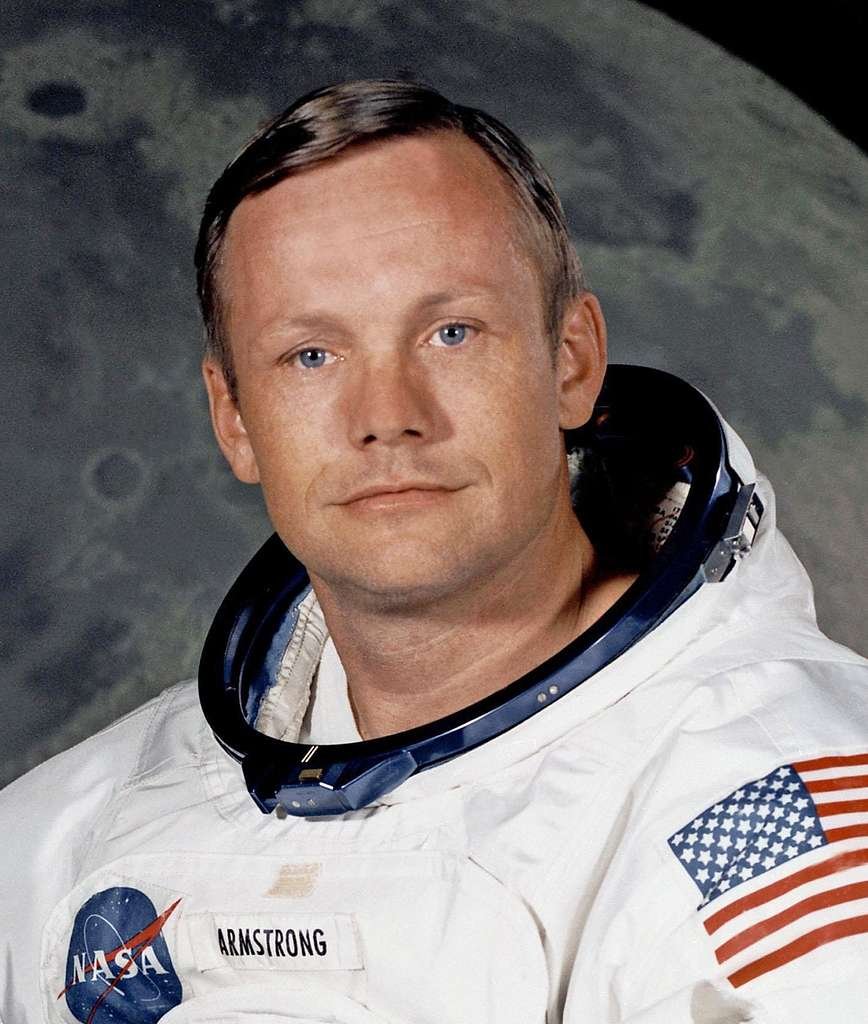The International Space Station (ISS) epitomizes global cooperation and cutting-edge technology. Launched as a groundbreaking endeavor in space exploration, its first crew’s arrival signified a milestone in international collaboration and scientific achievement. This article explores the journey of Expedition 1, the initial team aboard the ISS, detailing their mission objectives, the obstacles they faced, and the lasting influence of their work on the future of space research. By examining their pioneering efforts, we gain insight into how their achievements laid the foundation for continuous human presence in space and advanced our understanding of life beyond Earth.
Table of Contents
Introduction to the International Space Station
The International Space Station (ISS) represents a landmark in human space exploration and international collaboration. Launched in 1998, this extraordinary structure orbits Earth at an average altitude of 408 kilometers (253 miles). The ISS functions as a unique laboratory in microgravity, allowing scientists to conduct experiments and research across various fields such as astrobiology, astronomy, meteorology, and physics. Its location in low Earth orbit provides an unparalleled vantage point for observing and studying the universe, advancing our understanding of space and its effects on human health and materials.
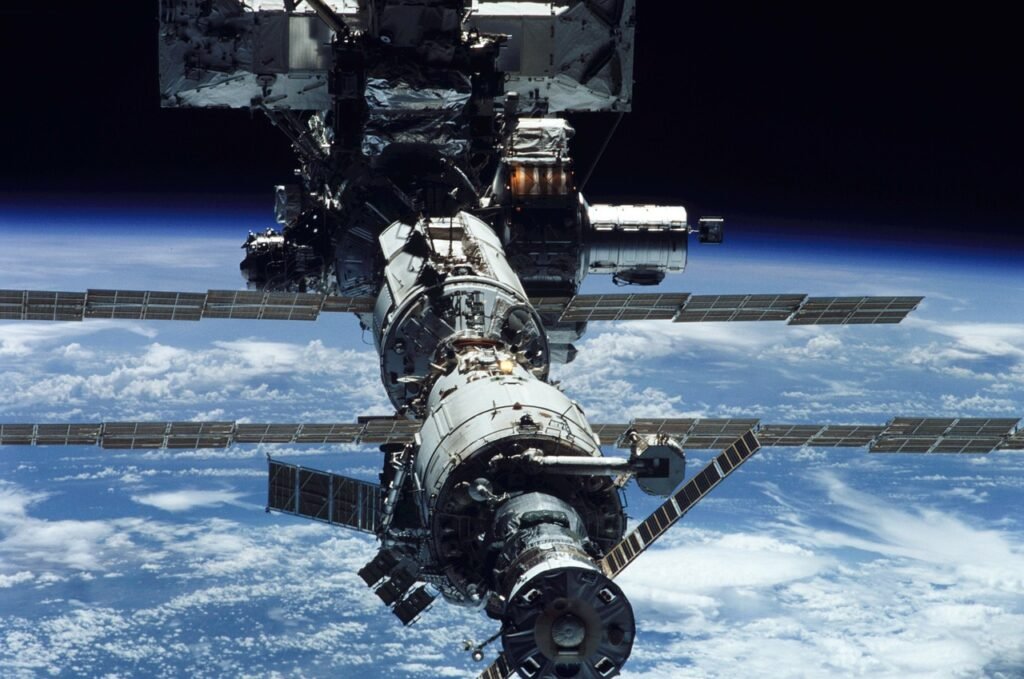
What is the International Space Station?
The ISS is a monumental achievement born from the collaborative efforts of five major space agencies: NASA (United States), Roscosmos (Russia), JAXA (Japan), ESA (Europe), and CSA (Canada). The station is composed of multiple interconnected pressurized modules, external trusses, and expansive solar arrays designed to sustain its operations and power requirements. These components create a space environment that supports ongoing scientific research and international cooperation.
The ISS is continuously occupied by a rotating crew of astronauts and cosmonauts who live and work on the station, conducting experiments, performing maintenance, and contributing to the advancement of space science. The ISS stands as a testament to what humanity can achieve when working together towards common goals in the pursuit of knowledge and exploration.
Early Space Missions Leading to the ISS
Who Was the First Crew Space Flight?
The history of human space exploration began with Yuri Gagarin, who made his historic flight on April 12, 1961, aboard Vostok 1. Yuri Gagarin’s successful mission marked humanity’s first journey into outer space, making him the first person to orbit Earth. This groundbreaking achievement not only demonstrated the feasibility of crewed space travel but also sparked further advancements in space technology and exploration. Yuri Gagarin’s flight set a precedent for subsequent space missions and laid the foundation for future human spaceflight endeavors, including the development and operation of space stations.
Who Was the First to Launch a Space Station?
The first space station, Salyut 1, was launched by the Soviet Union on April 19, 1971. This pioneering mission represented a significant leap in space exploration, as Salyut 1 provided the initial framework for studying long-duration space missions and station operations. It allowed for extended periods of human presence in space, offering valuable insights into the challenges and logistics of maintaining a crewed space environment. The lessons learned from Salyut 1 and its successors were instrumental in shaping the design and function of future space stations, ultimately contributing to the development of the International Space Station (ISS).
Which Was the First Crew Transfer Between Orbits?
The first crew transfer between orbits was accomplished during the Apollo-Soyuz Test Project (ASTP) in 1975. This historic mission involved the docking of an American Apollo spacecraft with a Soviet Soyuz spacecraft in orbit, marking a milestone in international space cooperation. The successful docking and crew transfer demonstrated the ability of different spacefaring nations to collaborate effectively in space. The ASTP not only advanced technical capabilities but also fostered a spirit of cooperation that was crucial for the later establishment of the ISS, illustrating the potential for joint space missions and the sharing of resources and knowledge across national boundaries.
The First Crew: Expedition 1
The historic first crew to the ISS, known as Expedition 1, began their mission on October 31, 2000. This mission was pivotal in establishing the ISS as a continuously inhabited research outpost.
Crew Members of Expedition 1
The inaugural crew of the International Space Station (ISS), known as Expedition 1, began their groundbreaking mission on October 31, 2000. This mission was a pivotal moment in space history, marking the ISS’s transition from a partially assembled structure to a fully operational, continuously inhabited space station. The Expedition 1 team consisted of three distinguished astronauts:
William Shepherd (NASA)
As the Commander, Shepherd was responsible for overseeing the mission and ensuring the successful operation of the ISS. With a background that included three previous spaceflights, Shepherd brought extensive experience and leadership to the mission. His role was crucial in managing the complexities of the ISS’s early operations and establishing protocols for future crews.
Sergei Krikalev (Roscosmos)
Serving as the Flight Engineer, Krikalev was a veteran cosmonaut with significant experience in spaceflight. He had previously completed multiple missions, including long-duration flights on the Soviet space station Mir. His technical expertise and knowledge of space station systems were essential for the ISS’s successful operation and maintenance.
Yuri Gidzenko (Roscosmos)
The Pilot for Expedition 1, Gidzenko, had a background that included time spent aboard Mir, which provided him with valuable experience in space station operations. His role involved assisting with spacecraft systems and contributing to the overall mission objectives.
Launch and Journey to the ISS
The journey to the ISS for Expedition 1 began with the launch of their Soyuz TM-31 spacecraft from the Baikonur Cosmodrome in Kazakhstan on October 31, 2000. The Soyuz spacecraft, a reliable workhorse of space travel, carried the crew on a carefully coordinated two-day journey to the ISS. During this period, the spacecraft underwent various maneuvers to align with the space station’s orbit.
On November 2, 2000, the Soyuz TM-31 successfully docked with the ISS, marking a historic milestone in space exploration. This docking was a significant achievement, demonstrating the successful integration of the ISS’s components and the capability of maintaining a human presence in space for extended periods. The arrival of Expedition 1 initiated a new era of continuous human habitation aboard the ISS, setting the foundation for ongoing scientific research and international cooperation in space. Their mission not only established the ISS as a functioning research laboratory but also paved the way for future missions and global partnerships in space exploration.
Mission Objectives and Achievements
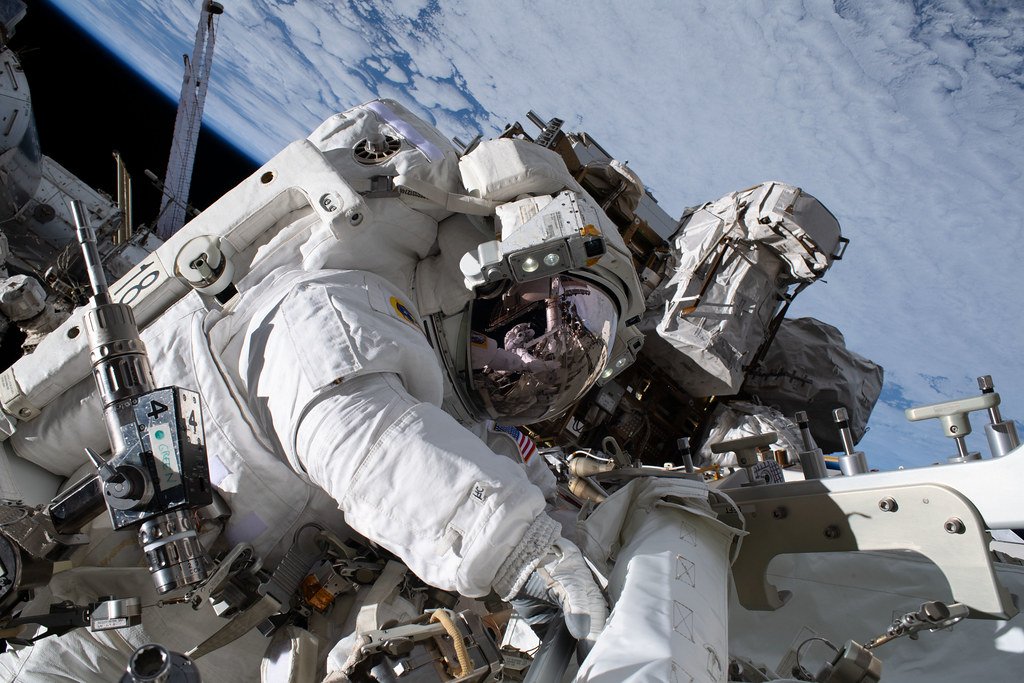
Expedition 1’s primary goals were to activate the ISS systems, begin scientific research, and prepare the station for future expansions and long-term habitation.
Activating the ISS Systems
Upon docking with the ISS, Expedition 1’s immediate focus was on activating and configuring the station’s systems to ensure operational readiness. The crew’s tasks involved a series of critical steps:
Life Support Systems
The crew initiated the life support systems, which were essential for maintaining a habitable environment. This included setting up air circulation, temperature control, and waste management systems to ensure a safe and comfortable living space for the astronauts.
Communications and Power
They established communication links with mission control and ensured that the power systems, including the solar arrays and batteries, were functioning correctly. This setup was crucial for ongoing contact with Earth and for the reliable operation of the station’s systems.
Living Quarters
The crew spent considerable time setting up their living quarters, including sleeping areas, workspaces, and recreational facilities. This setup was necessary to create a functional and efficient environment for the astronauts.
Scientific Research
While the primary focus of Expedition 1 was on system activation and station readiness, the crew also embarked on a range of scientific activities:
Microgravity Research
They conducted experiments to study the effects of microgravity on biological systems and materials. These studies aimed to understand how the lack of gravity impacts physical processes and to explore potential applications in medicine, biology, and materials science.
Technology Testing
The crew tested new technologies and equipment, including advanced materials and scientific instruments. This testing was important for validating their performance in the space environment and refining future research tools.
Preparing for Future Missions
Expedition 1 played a crucial role in preparing the ISS for long-term habitation and future missions:
Equipment Installation
The crew installed and configured essential equipment and modules for subsequent missions. This included setting up laboratory modules, docking ports, and storage areas.
Operational Procedures
They developed and documented operational procedures and maintenance routines, which were crucial for ensuring the station’s continued functionality and for guiding future crews in managing the station.
Future Expansion
Their work laid the foundation for the integration of additional modules and international partners. By establishing operational protocols and testing the station’s systems, Expedition 1 ensured that the ISS could support ongoing scientific research and accommodate future expansions.
Expedition 1’s efforts were pivotal in transitioning the ISS from an assembly project to a fully operational space laboratory capable of supporting a continuous human presence and extensive scientific research in space. Their achievements set the stage for the ISS’s continued success and its role as a cornerstone of international space cooperation.
Challenges Faced by the First Crew
The inaugural mission of Expedition 1 presented several challenges that tested the crew’s resilience and adaptability. These challenges encompassed technical difficulties, psychological pressures, and the physical impacts of microgravity.
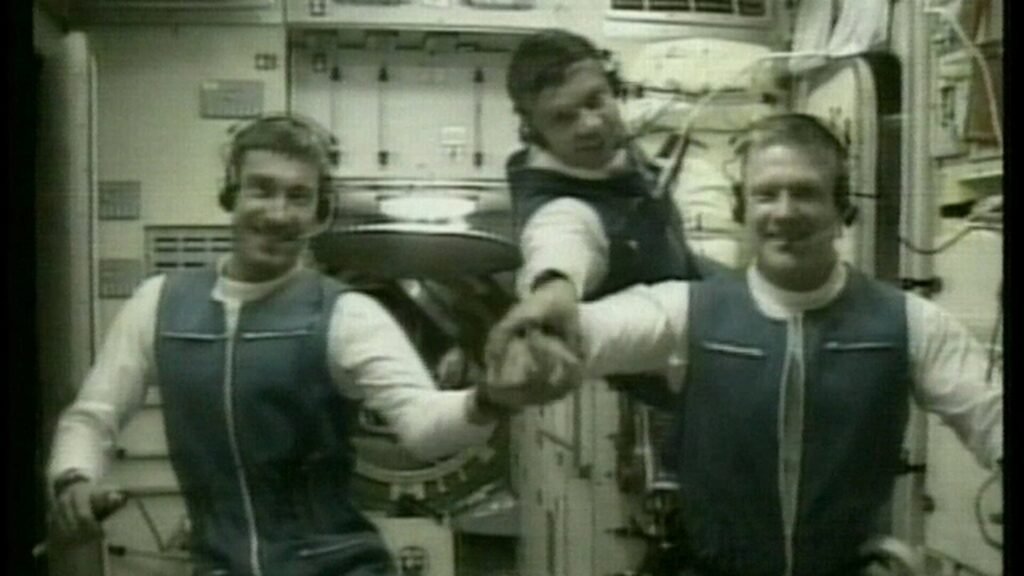
Technical Issues
Oxygen Generation System
Shortly after their arrival, the crew faced issues with the oxygen generation system, a critical component for sustaining life aboard the ISS. This malfunction posed a significant risk, as maintaining a stable and breathable atmosphere was essential for the astronauts’ safety. The crew had to diagnose the problem, apply temporary fixes, and work with mission control on Earth to develop a long-term solution.
Equipment Malfunctions
In addition to the oxygen system, other equipment issues arose, including problems with the station’s power systems and communication devices. The crew needed to quickly troubleshoot these issues, often relying on their training and ingenuity to implement effective repairs and ensure the continued functionality of the ISS.
Psychological and Physical Challenges
Isolation and Confinement
The confined environment of the ISS, coupled with the lack of physical contact with family and friends, posed significant psychological challenges. The crew had to adapt to the isolation and confinement, finding ways to maintain their mental well-being. This involved establishing routines, maintaining communication with loved ones, and utilizing available recreational activities to alleviate stress.
Microgravity Effects
Living in microgravity affected the astronauts’ physical health, causing muscle atrophy and bone density loss. To counter these effects, the crew adhered to a rigorous exercise regimen, including daily sessions on specialized exercise equipment designed for use in space. This routine was crucial for maintaining cardiovascular health and muscular strength.
Fatigue and Workload
The initial phase of the mission involved a high workload as the crew worked to set up the station and address technical issues. This demanding schedule led to physical fatigue, requiring the crew to manage their energy levels and ensure they remained effective in their roles while dealing with the physical demands of their environment.
Legacy and Impact of Expedition 1
Expedition 1’s successful mission established a foundation for the ISS that continues to shape space exploration and international collaboration.
Continuity of Human Presence in Space
The successful launch and habitation of Expedition 1 marked the beginning of an uninterrupted human presence aboard the ISS. This milestone has had several key impacts:
Permanent Research Platform
The ISS has remained continuously occupied since Expedition 1, enabling ongoing scientific experiments and technological advancements. This continuous presence allows for long-term research that provides insights into various fields, from biology to materials science.
Strategic Importance
Maintaining a permanent human presence in space has strategic implications for future space missions, including potential manned missions to Mars and beyond. The ISS serves as a testbed for technologies and life-support systems that will be crucial for deep-space exploration.
Advancements in Space Research
Expedition 1 was instrumental in showcasing the ISS’s potential as a premier research facility:
Microgravity Research
The experiments conducted during Expedition 1 in the ISS’s microgravity environment contributed to our understanding of fundamental scientific principles. This research has had broad applications, from improving materials used in various industries to advancing our knowledge of human health in space.
Scientific Breakthroughs
The data collected during this mission laid the groundwork for subsequent research and scientific breakthroughs. The ISS has since hosted experiments that have led to discoveries in fields such as fluid dynamics, combustion, and space medicine.
International Cooperation
The collaborative effort of Expedition 1 set a precedent for international partnerships in space exploration:
NASA and Roscosmos Partnership
The successful cooperation between NASA and Roscosmos during Expedition 1 demonstrated the feasibility of joint space missions and established a framework for future collaborations. This partnership has continued to be a cornerstone of the ISS’s operation and success.
Global Contributions
Following Expedition 1, other space agencies, including JAXA (Japan Aerospace Exploration Agency), ESA (European Space Agency), and CSA (Canadian Space Agency), joined the ISS program. This global cooperation has enriched the ISS’s research capabilities and fostered a spirit of shared exploration and discovery.
Cultural Exchange and Diplomacy
The ISS has become a symbol of peaceful international cooperation and cultural exchange. It brings together astronauts and scientists from diverse backgrounds to work toward common goals. This collaboration extends beyond space missions, promoting diplomatic relationships and mutual understanding between participating nations.
Looking Forward: The Future of the ISS
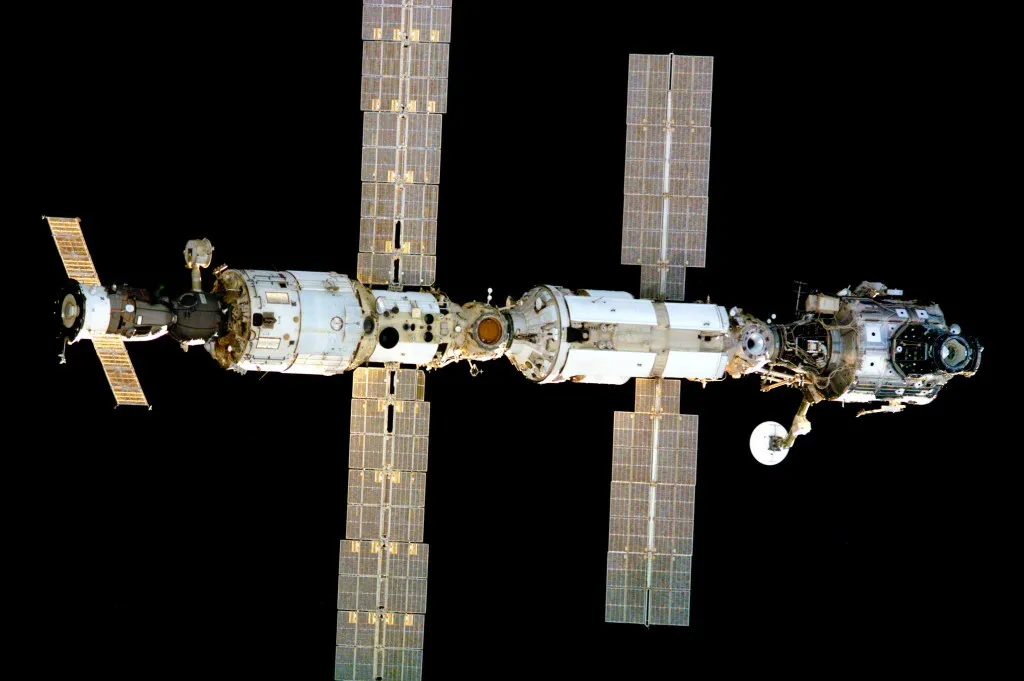
As the ISS approaches its third decade in orbit, Expedition 1’s legacy continues to shape its mission and vision. The ISS remains a vital asset for human space exploration, with exciting prospects for future advancements and collaborations.
Future Missions and Research
The ISS’s role as a premier laboratory in space ensures that it will continue to be at the forefront of scientific and technological research:
Ongoing Research
The ISS will continue to host diverse experiments aimed at improving our understanding of space science and technology. This includes studies on human health in microgravity, materials science, fluid dynamics, and more. The data gathered from these experiments contributes to advancements in various fields, including medicine, engineering, and environmental science.
Expanding Capabilities
Future missions will focus on enhancing the ISS’s capabilities, including upgrades to its systems and infrastructure. New modules and equipment are expected to expand the station’s research capabilities and support more complex experiments.
Commercial Opportunities
There is a growing interest in leveraging the ISS for commercial purposes. This includes partnering with private companies for space tourism, manufacturing in space, and other commercial ventures. These opportunities are expected to provide additional funding and drive innovation in space technology.
Deeper Space Exploration
The ISS will play a crucial role in preparing for future deep-space missions. Research conducted on the station helps develop the technologies and knowledge needed for missions beyond low Earth orbit, such as lunar exploration and eventual human-crewed missions to Mars.
International Partnerships
The collaborative spirit of Expedition 1 has set a high standard for international cooperation in space:
Expanding Collaborations
The ISS’s collaborative model is likely to expand, with more countries and space agencies joining the effort. This increased international involvement will bring diverse expertise and perspectives to the station’s operations and research.
Private Sector Involvement
The inclusion of private companies in the ISS program represents a significant shift towards greater commercialization of space. Partnerships with private entities are expected to drive innovation, reduce costs, and open new avenues for space exploration and research.
Global Research Network
The ISS will continue to serve as a hub for global scientific collaboration. Researchers from around the world will have opportunities to participate in experiments and projects, fostering a worldwide network of space research.
The journey of the first crew to the International Space Station was a monumental step in human space exploration. Their achievements laid the foundation for a continuously inhabited space station, advancing scientific research and international cooperation. As we look to the future, the legacy of Expedition 1 continues to inspire new generations of explorers and scientists, pushing the boundaries of what is possible in space.







